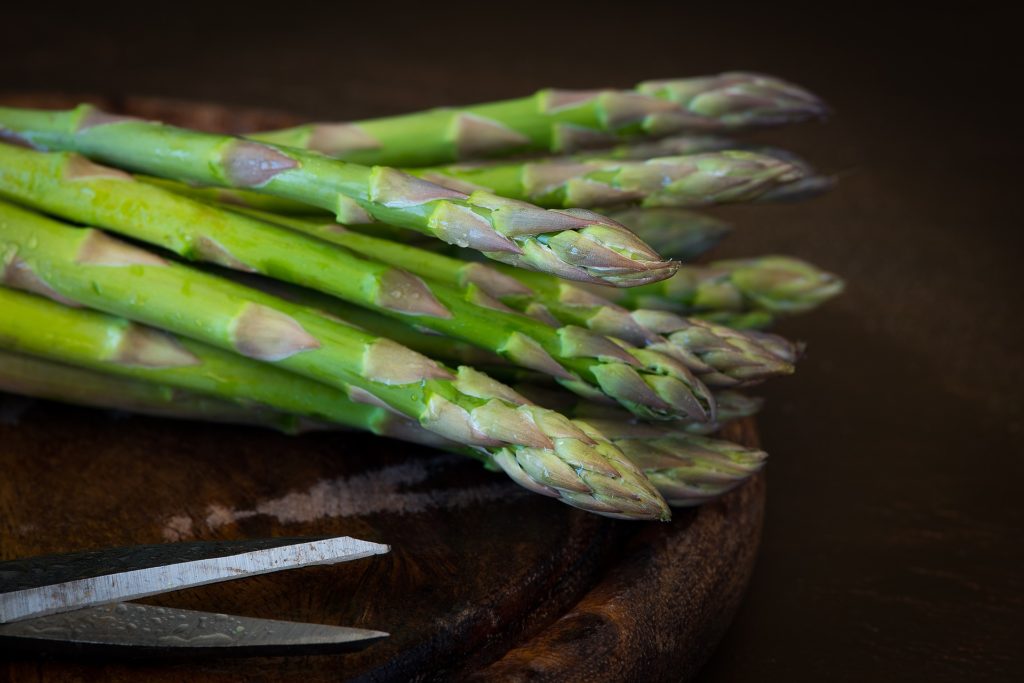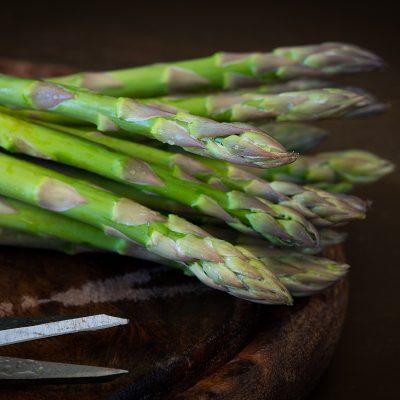One of the most famous and prized foods throughout the Mediterranean is wild asparagus. This delicate, fragile plant that grows from a thorny bush took root in Croatian cuisine a long time ago, especially in areas along the Adriatic sea. In the spring time, when the asparagus season is in full swing, it is prominently featured on the plates and menus of most homes and restaurants throughout Istria and Dalmatia, and beyond. Asparagus belongs to the lily family and has been prized around the Mediterranean for more than 2,000 years for its nutritional value and healing properties. The plant grows in forests and woods, in karst, along dry stone walls, and macchia. Serious asparagus pickers rarely reveal their favourite spots because to pick this plant you need to have a sharp eye and sometimes several hours in order to collect a solid bunch of asparagus. It can be eaten raw, but one of the most famous dishes is certainly frittata with wild asparagus, which will often be complemented in Istrian restaurants and taverns with their famous truffles or prosciutto and a drop of top quality olive oil. And while it can be said that this dish is simplicity itself, it is without a doubt on par with much more serious dishes. Asparagus is excellent in soups, salads, risottos and pastas, boiled, au gratin, stewed or roasted as a side dish to meat or fish. Local chefs love to feature asparagus in a myriad of ways, realizing that it is a privilege to have access to such an abundant wild food that has for the most part been replaced by cultivated varieties in other areas of the world. Asparagus has been enjoyed throughout history, and was adored by the ancient Greeks and the great European kings and emperors to whom wild asparagus arrived by ship from the Mediterranean. Even back then, it was appreciated for its medicinal qualities and health benefits. However, in addition to its healing properties and enormous nutritional value, asparagus is also a sought-after spring treasure for its rich taste, making it a kind of trademark of Croatian and especially Istrian cuisine.




